Some of the iconic Bollywood films over the years have impressed the viewers with grand and opulent sets. These majestic productions have left lasting impressions in the minds of the people. How can we forget late legendary K Asif’s iconic Mughal-e-Azam, maverick filmmaker Sanjay Leela Bhansali’s Padmaavat to revered director SS Rajamouli's Baahubali, or which set the gold standard for period sets—here’s celebrating those blockbuster sets:
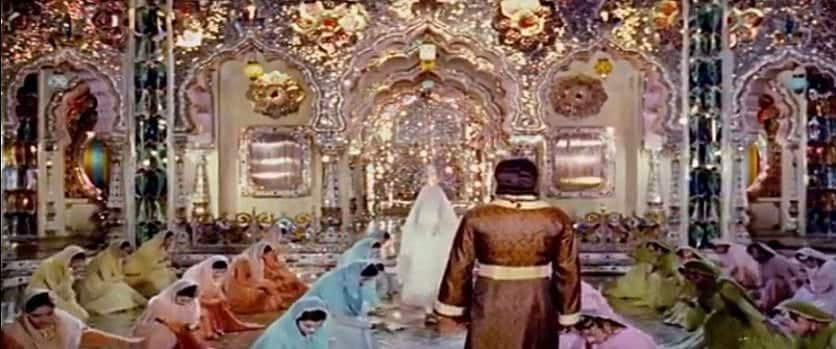
Legendary filmmaker K. Asif’s Mughal-e-Azam set the gold standard for period films long before CGI existed. The iconic Sheesh Mahal, built with imported Belgian glass over three years, remains legendary. From Akbar’s grand court to Anarkali’s prison, every detail was breathtaking. Madhubala’s mirrored “Pyar Kiya To Darna Kya” dance still dazzles in cinematic history.
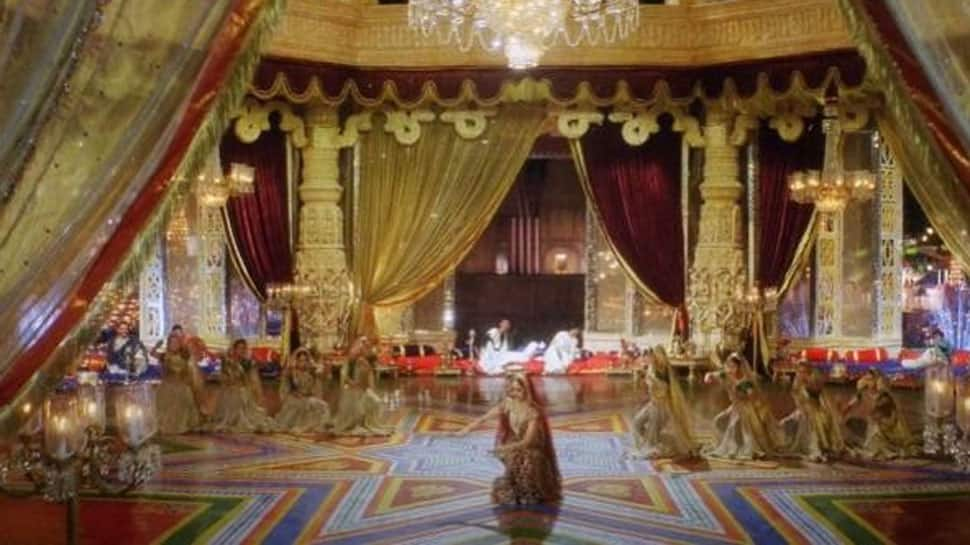
Sanjay Leela Bhansali is a true master of crafting majestic, visionary sets—and Devdas stands as a testament to that brilliance. From Paro’s elegant haveli to Chandramukhi’s ethereal kotha, every set was crafted with stunning detail at Film City. Costing over ₹20 crores, the film redefined Bollywood’s approach to art direction. The red-toned “Maar Daala” set remains one of Indian cinema’s most iconic visual moments.
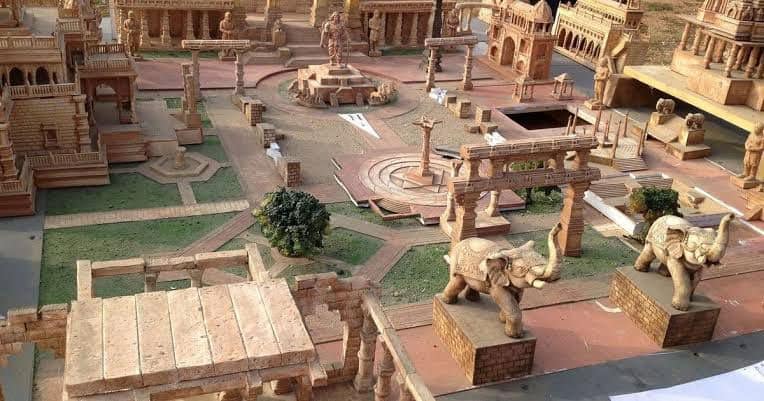
Baahubali revolutionized Indian filmmaking with its epic scale and breathtaking sets. The mythical kingdom of Mahishmati was brought to life through a stunning fusion of CGI and grand physical sets at Ramoji Film City. From the majestic throne room and colossal elephant statue to the vast war arena and cascading waterfalls, every element added to its legendary appeal. Often likened to an Indian Game of Thrones, Baahubali set a new benchmark in cinematic world-building.
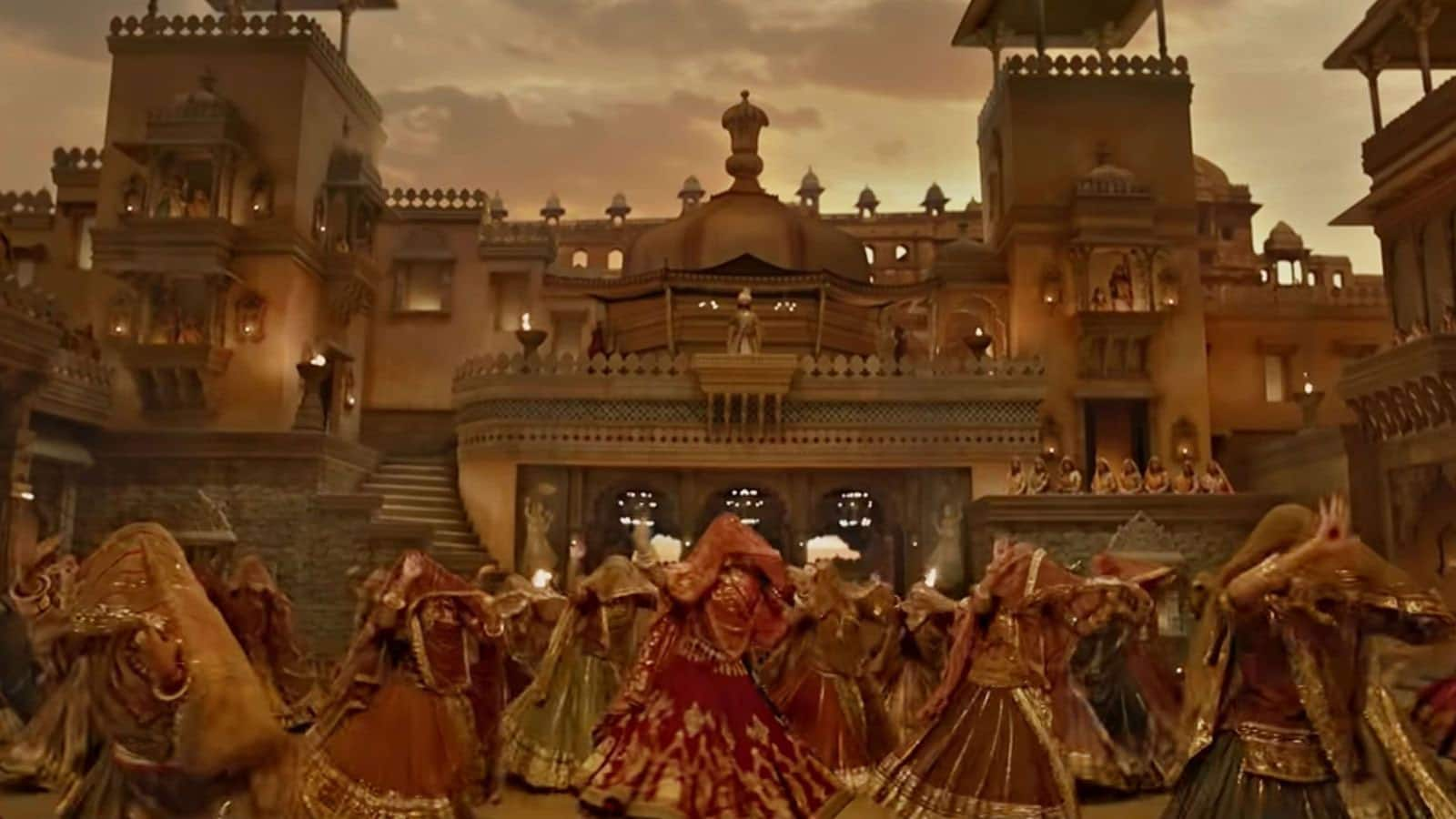
Sanjay Leela Bhansali’s Padmaavat is a masterclass in opulent, visionary set design that will be remembered for generations. From the intricately detailed interiors of Chittor Fort to Alauddin Khilji’s dark, gothic palace, each set was a world of its own. The stark contrast between Padmavati’s serene realm and Khilji’s chaos was striking. The iconic Ghoomar sequence, with Deepika Padukone dancing amid 400 glowing diyas in a marble hall, remains a breathtaking visual marvel.
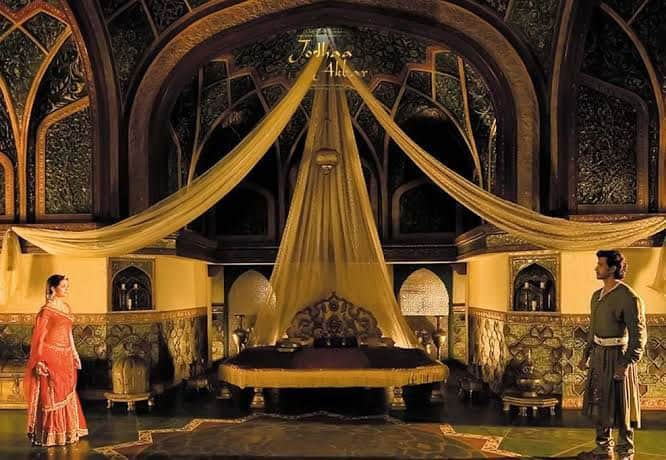
Ashutosh Gowariker’s Jodhaa Akbar brought the Mughal-Rajput era to life with grand, meticulously crafted sets at ND Studios, Karjat. Inspired by Amer and Fatehpur Sikri, the detailed sandstone walls, majestic archways, and regal courtyards felt truly historic. The wedding sequence, set in a luminous mandap, radiated timeless royal splendor.
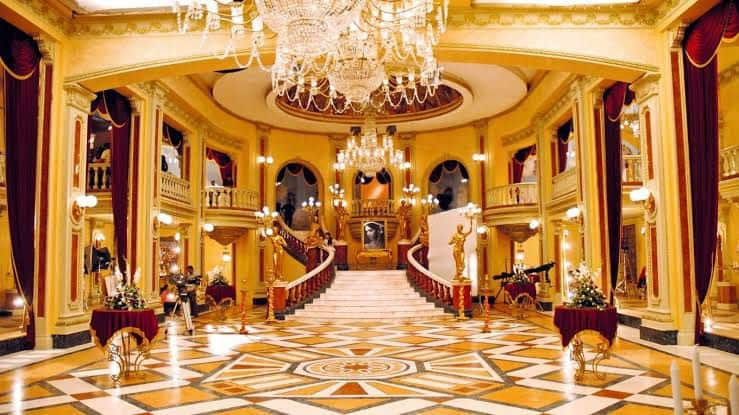
Om Shanti Om dazzled with its extravagant sets, especially the iconic fire scene that showcased intense drama and visual spectacle. Each musical number was a vibrant celebration, featuring lavish, colorful backdrops and elaborate props. The film’s grand production design perfectly captured Bollywood’s larger-than-life spirit and nostalgic charm.
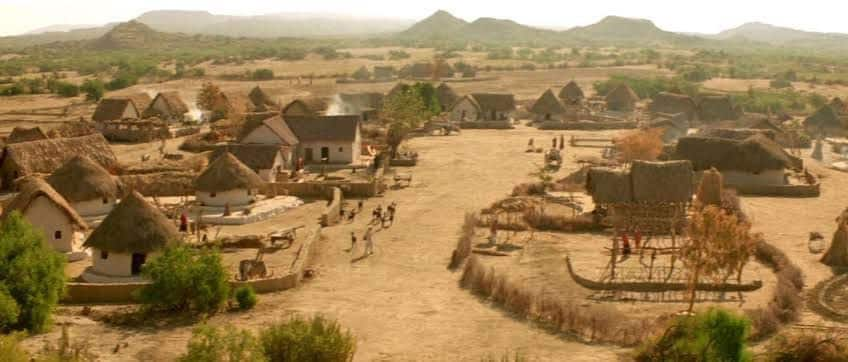
Ashutosh Gowariker’s Lagaan redefined realism in filmmaking. The village of Champaner was meticulously built from scratch in Bhuj, Gujarat, with authentic mud houses and no digital aids. Actors lived on set, lending the cricket scenes a lived-in intensity that brought rare depth to historical storytelling.
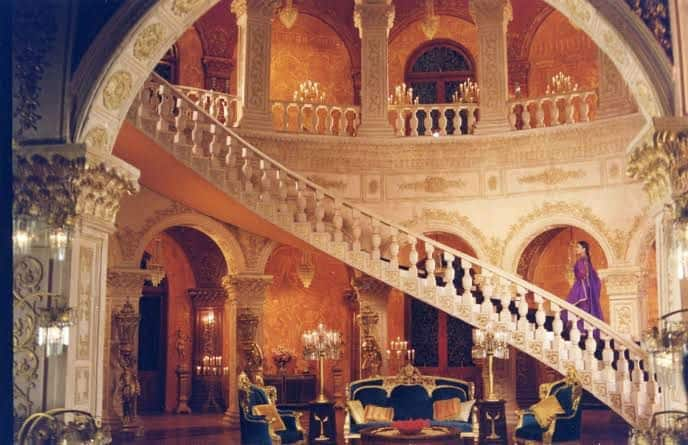
Set in fictional Husnabad, Kalank showcased Dharma Productions’ most extravagant sets, blending Indo-Islamic architecture with emotional storytelling. From a grand Durga Puja pandal to rustic lanes and a bustling printing press, every detail was handcrafted. The “Ghar More Pardesiya” sets radiated opulence, spiritual grace, and a bittersweet sense of nostalgia.
Stay informed on all the latest news, real-time breaking news updates, and follow all the important headlines in india news and world News on Zee News.